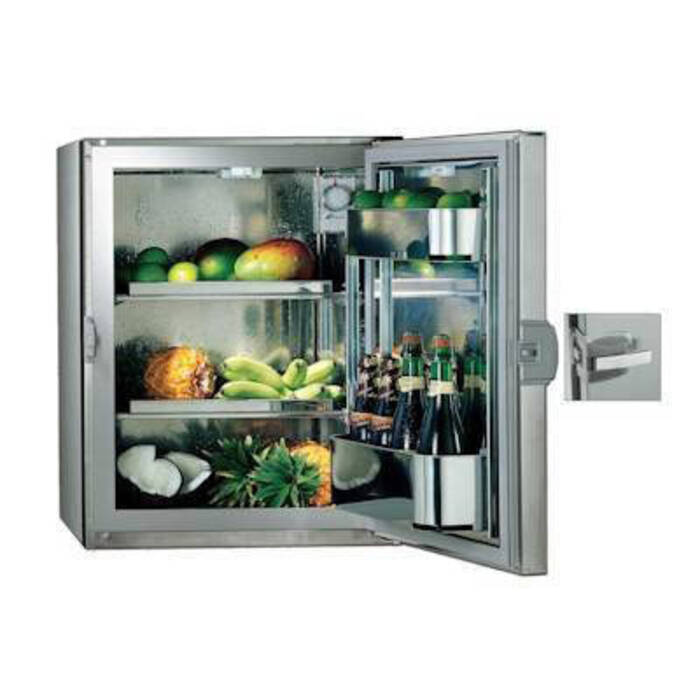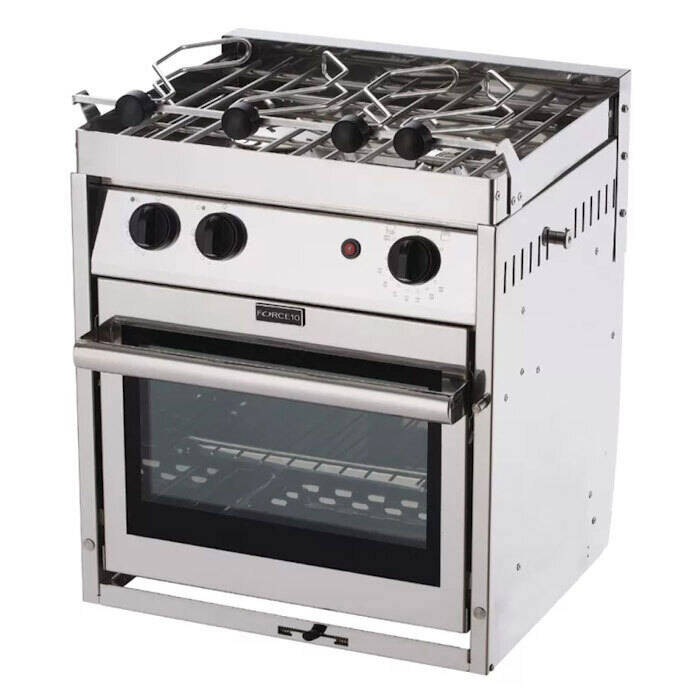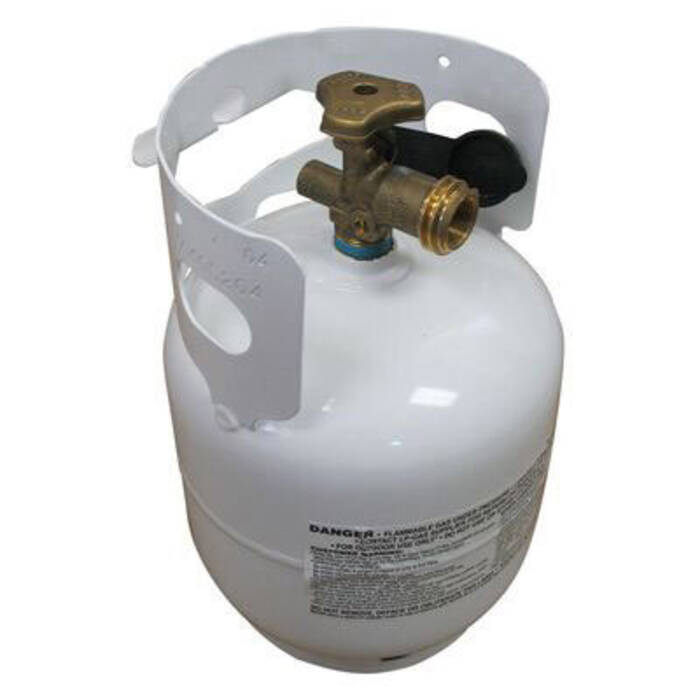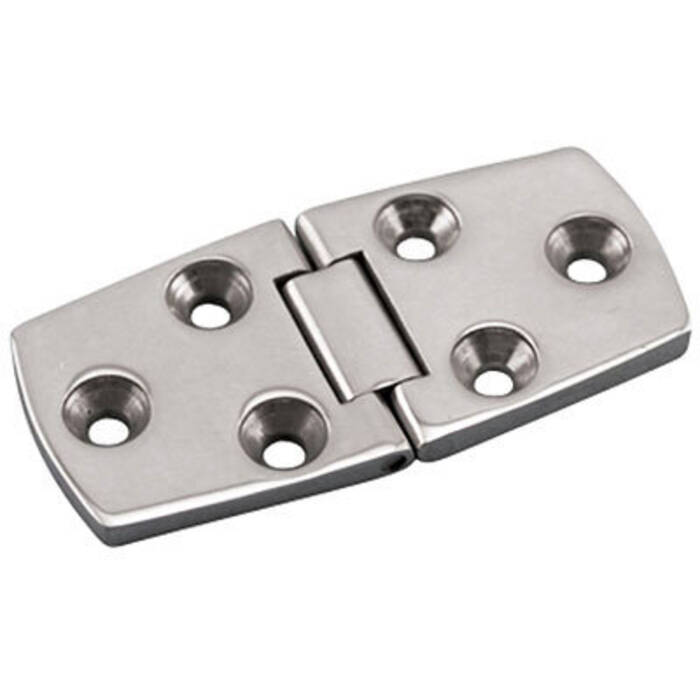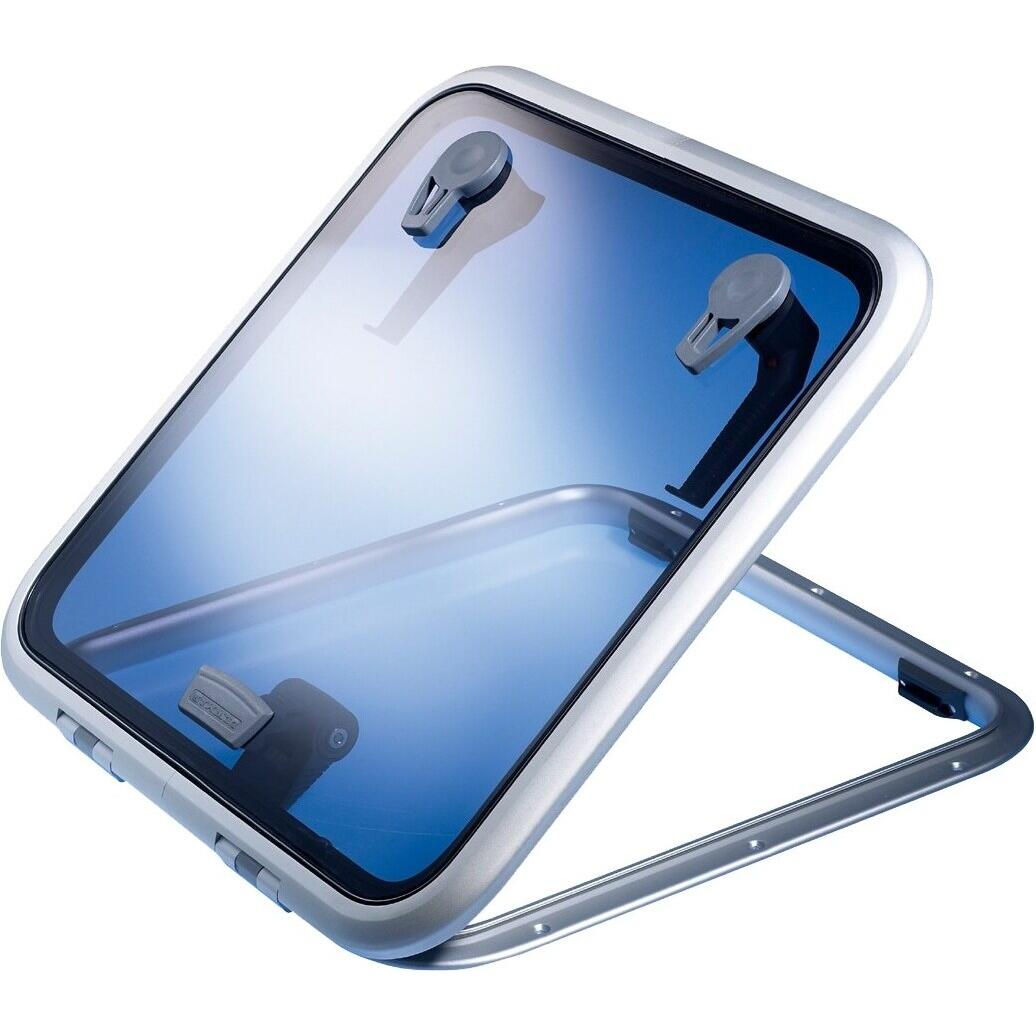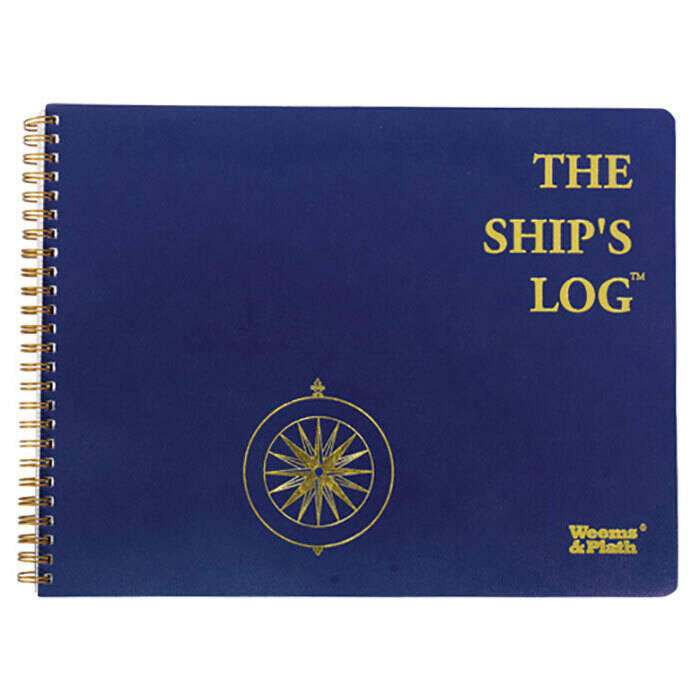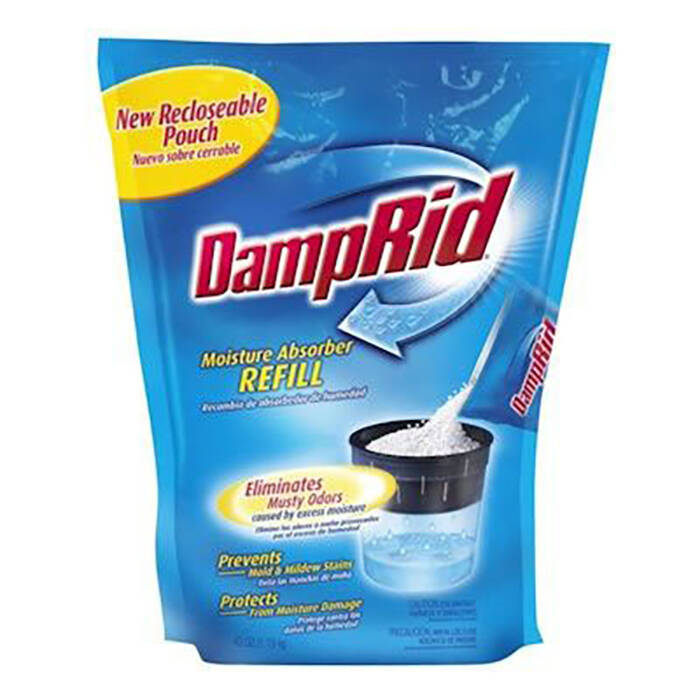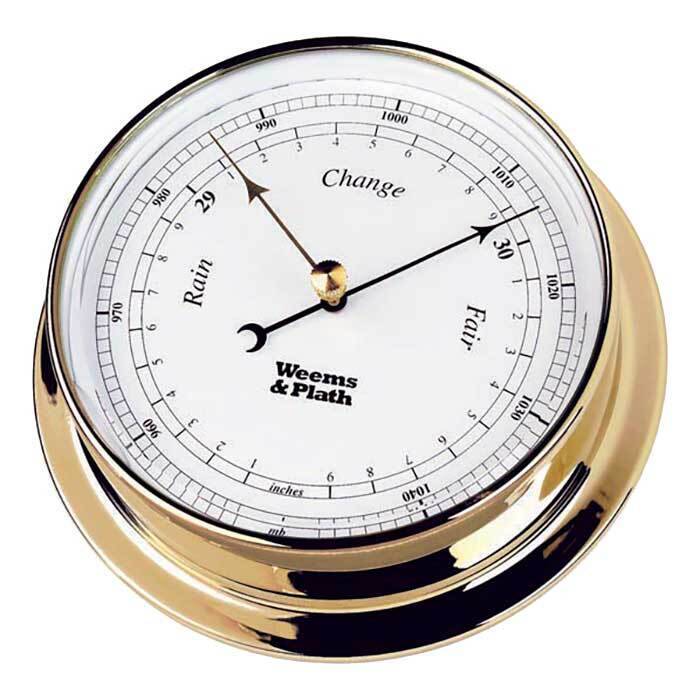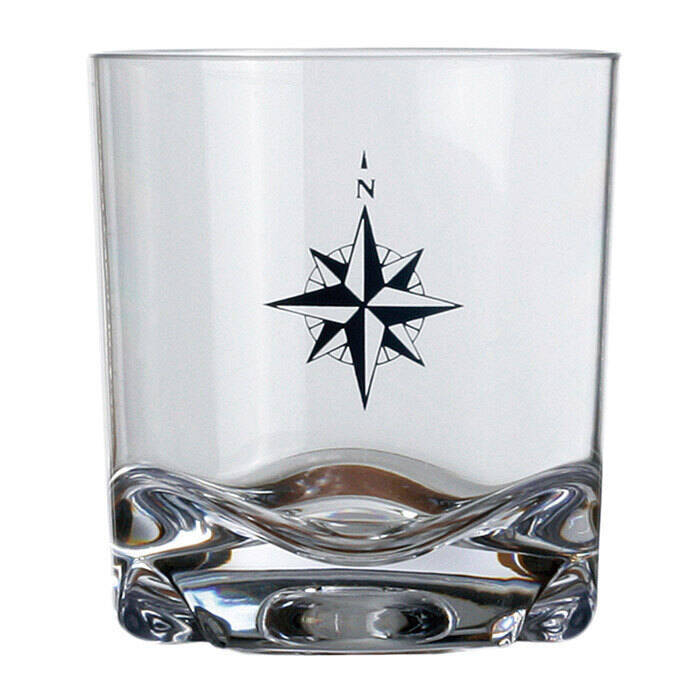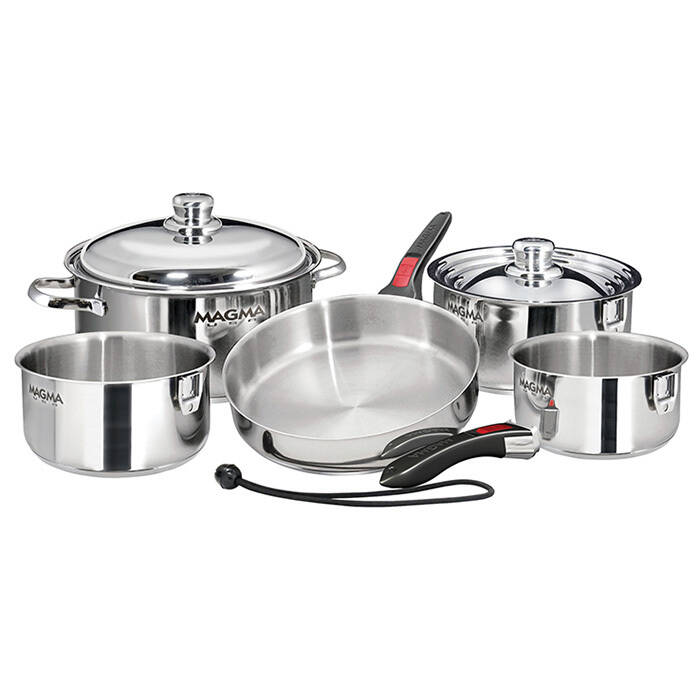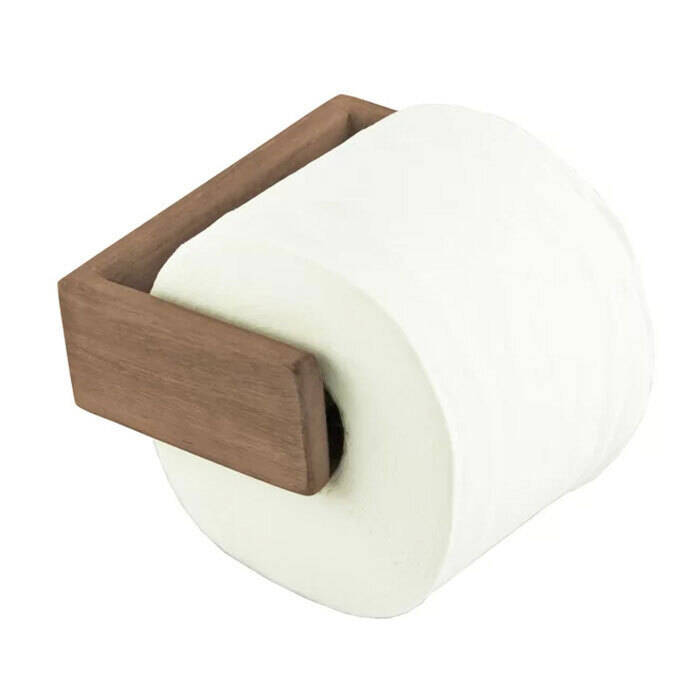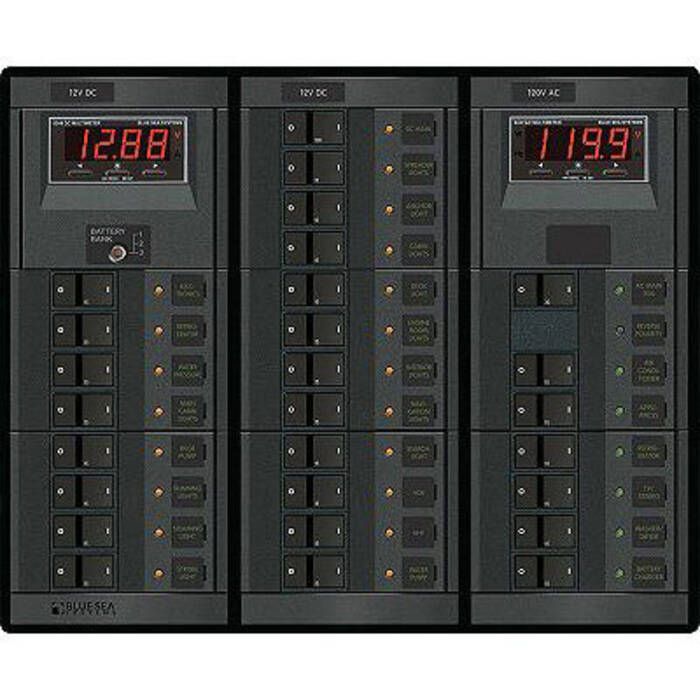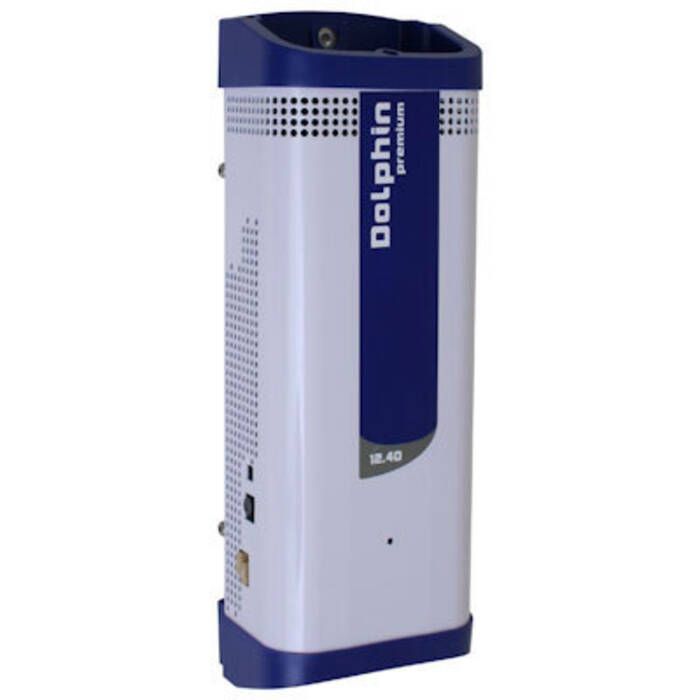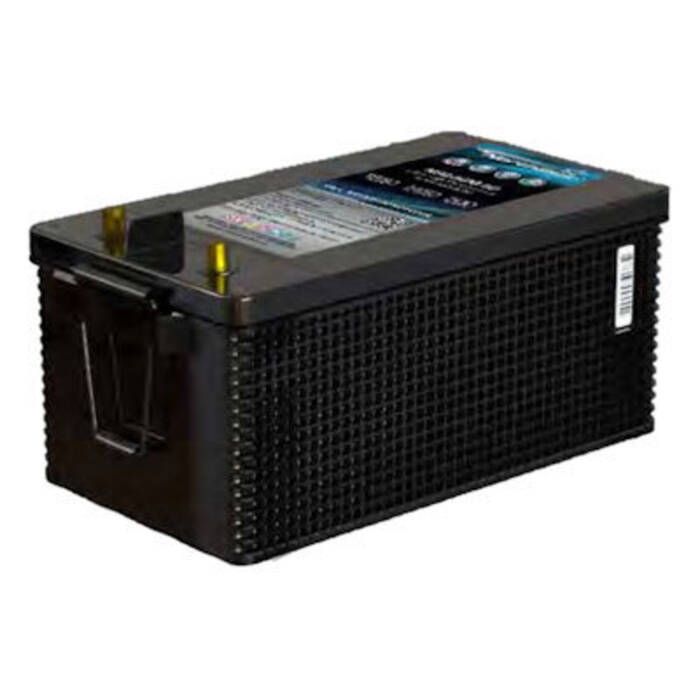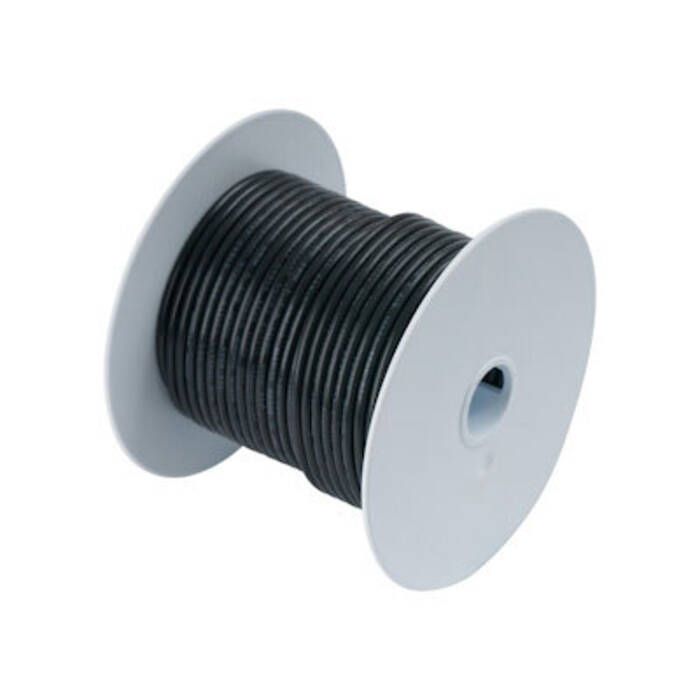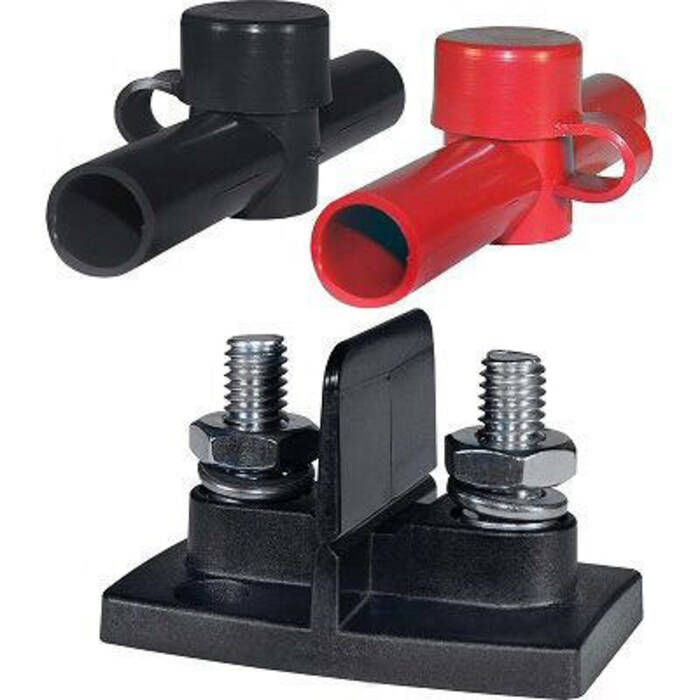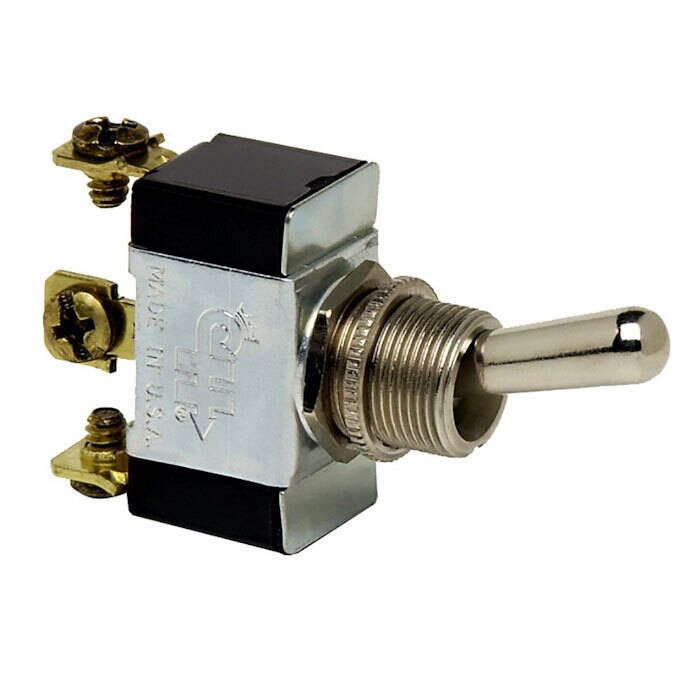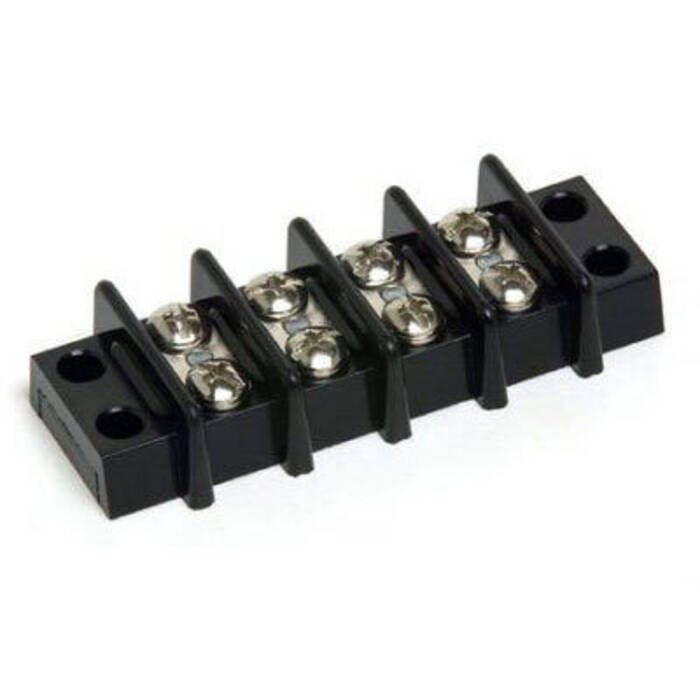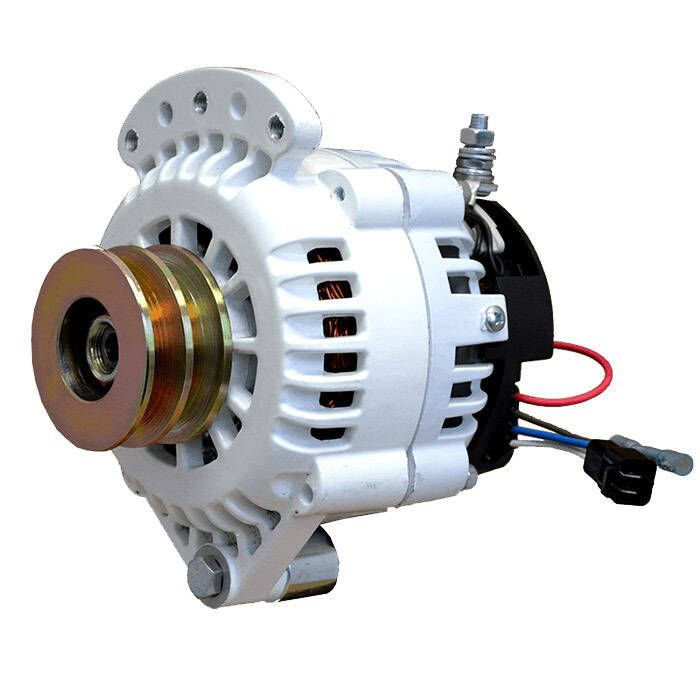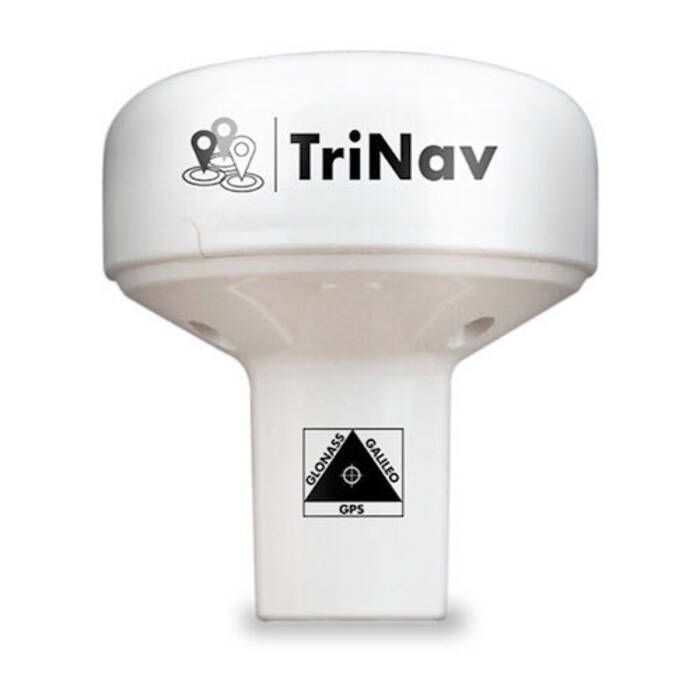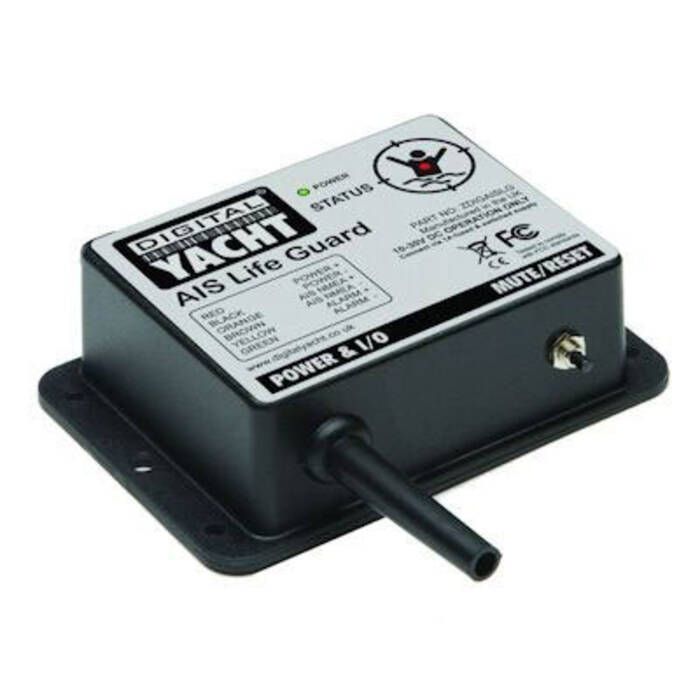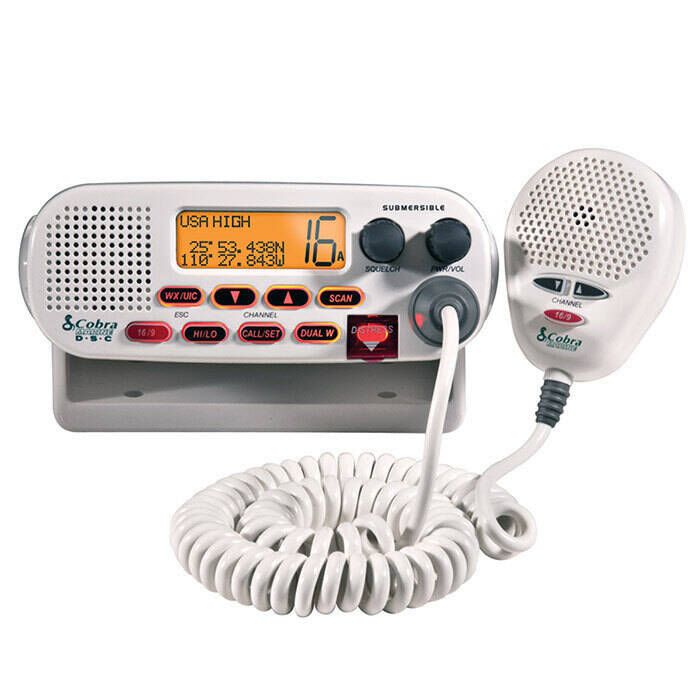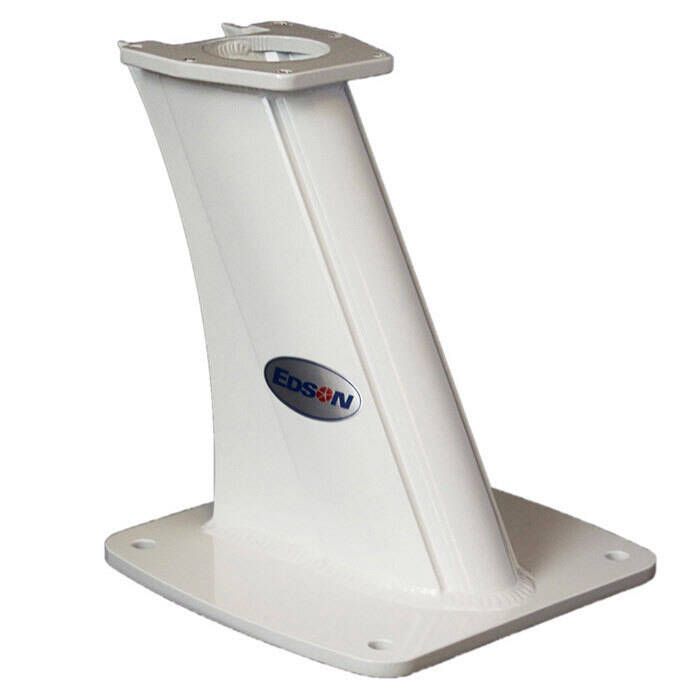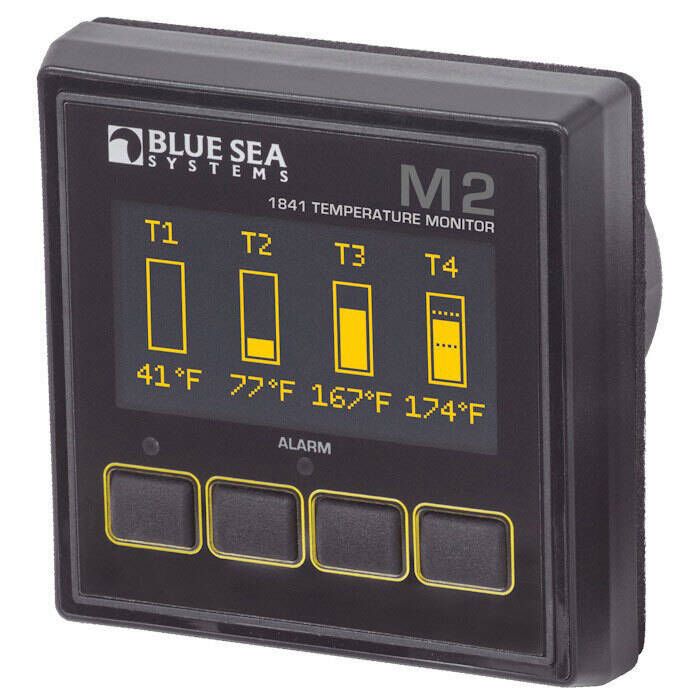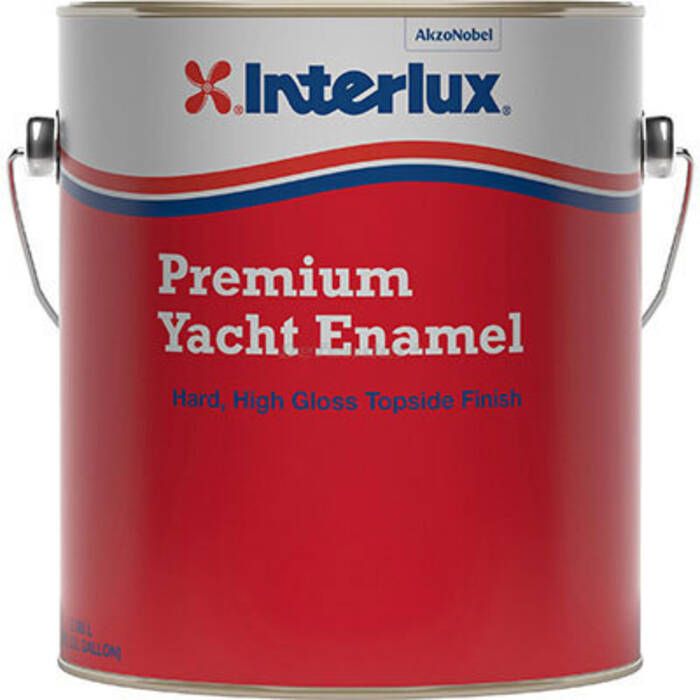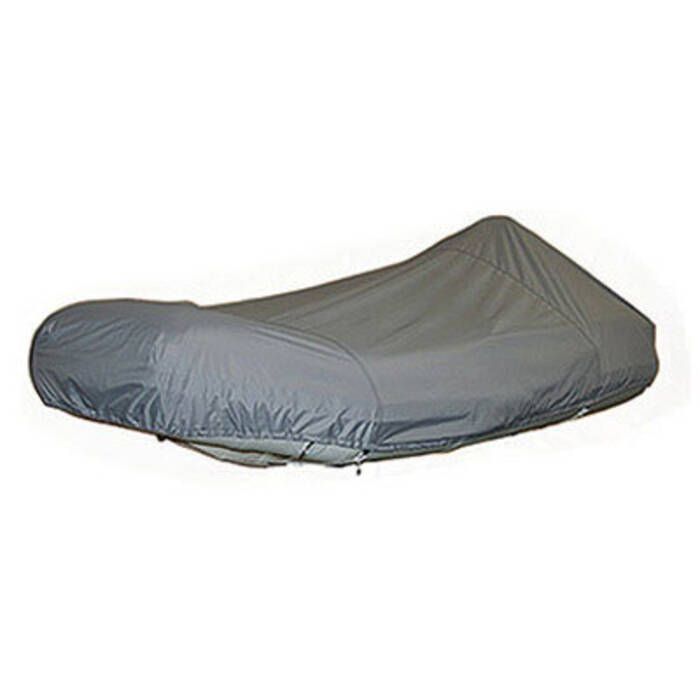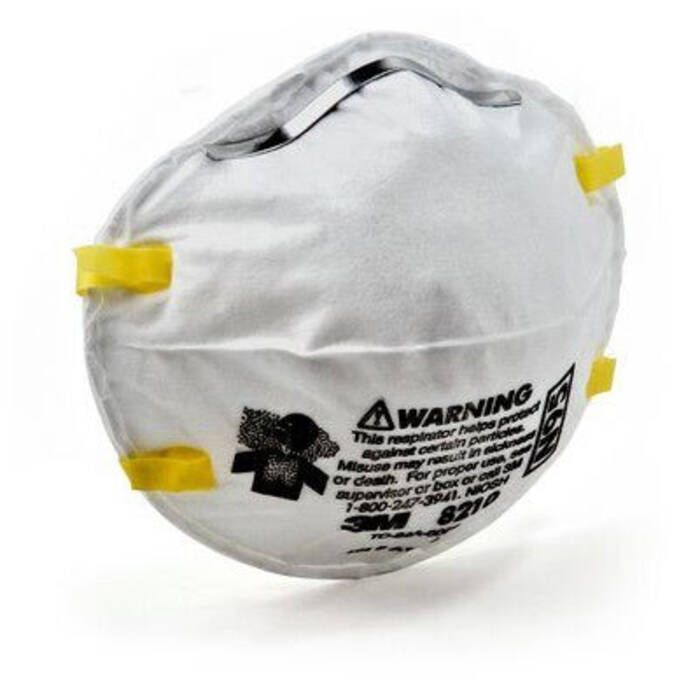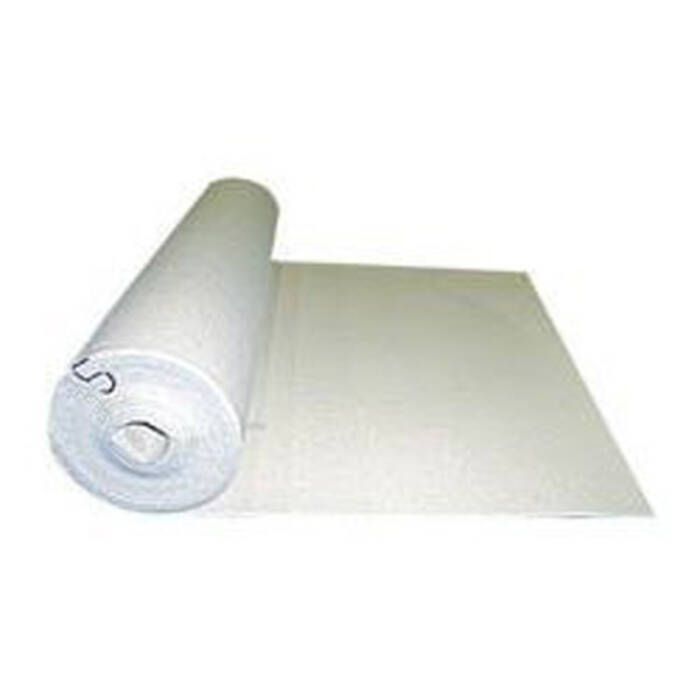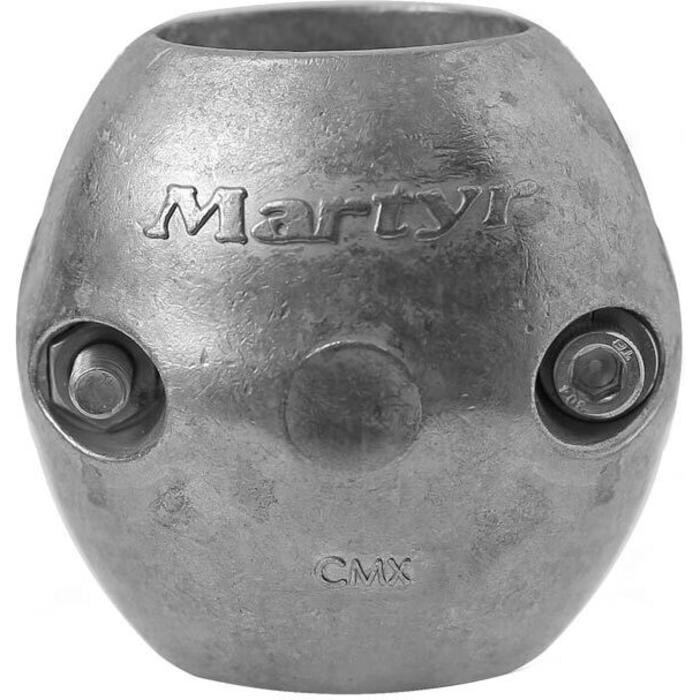-
Toutes les catégories
- Voir Tout
- Magasiner les aubaines
- Magasiner les marques
- Ancrage
- Accessoires d'Ancrage
- Rouleaux et supports d'ancre
- Ancres
- Ancres à griffe
- Ancres charrue fixes
- Ancres pelle à manche fixe
- Ancres grappin
- Ancres à soc articulé
- Ancres charrue articulées
- Ancres champignon
- Ancres de mouillage pyramidales
- Ancres pour eaux peu profondes
- Chaînes
- Corde - Ancrage
- Accessoires pour cordes et chaînes
- Treuils
- Treuils horizontaux
- Treuils verticaux
- Compteurs de treuil
- Pièces de rechange pour treuil
- Solénoïdes de treuil
- Interrupteurs de treuil
- Amarrage du bateau
- Gaffes
- Défenses
- Accessoires pour défenses
- Rail de frottement
- Propulseurs
- Commandes de propulseurs
- Hélices de propulseur
- Systèmes de propulseur
- Tunnels de propulseur
- Voir Tout
- Magasiner les aubaines
- Magasiner les marques
- Service de Bateaux et Moteurs
- Composants de bateaux gonflables
- Valves d'air pour bateaux
- Consoles pour bateaux gonflables
- Vidanges et bouchons pour bateaux
- Planchers pour bateaux gonflables
- Anneaux et poignées pour gonflables
- Tubes pour bateaux gonflables
- Sièges et coussins gonflables
- Rames et accessoires
- Autres accessoires
- Accessoires pour moteurs hors-bord
- Voir Tout
- Magasiner les aubaines
- Magasiner les marques
- Solutions de rangement
- Supports d'accessoires
- Supports pour gobelets
- Supports pour électroniques
- Supports pour cannes à pêche
- Supports divers
- Composants de support
- Supports pour téléphone
- Organisateurs de cockpit
- Bossoirs et élévateurs de charge
- Plaques de pont et trappes d'accès
- Gouvernail
- Colonnes de direction
- Volants
- Voir Tout
- Magasiner les aubaines
- Magasiner les marques
- Connexions simplifiées
- Connecteurs et bornes électriques
- Outils et testeurs électriques
- Fils électriques
- Gestion des fils
- Gestion de l’énergie
- Alternateurs
- Accessoires pour batteries et câbles
- Chargeurs et onduleurs
- Chargeurs de batterie
- Accessoires pour chargeurs
- Onduleurs et convertisseurs
- Régulateurs / Redresseurs
- Alimentation de quai
- Adaptateurs d'alimentation de quai
- Jeux de câbles d'alimentation
- Bornes d'alimentation de quai
- Énergie solaire
- Sécurité électrique
- Disjoncteurs
- Panneaux électriques
- Panneaux AC
- Panneaux DC
- Accessoires pour panneaux
- Fusibles et porte-fusibles
- Démarrage et contrôle
- Démarreurs et solénoïdes
- Interrupteurs
- Interrupteurs de batterie
- Interrupteurs d'allumage
- Interrupteurs coupe-circuit et câbles
- Interrupteurs d'éclairage
- Interrupteurs à bascule et poussoir
- Éclairage de bateau
- Éclairage
- Lumières de pont et de projecteur
- Éclairage de quai
- Lampes de poche et lampes frontales
- Éclairage général / de cabine
- Lumières de navigation et comp.
- Ampoules de rechange
- Projecteurs
- Éclairage sous-marin
- Voir Tout
- Magasiner les aubaines
- Magasiner les marques
- Communications
- Pièces et accessoires d'antenne
- Câbles et réseautage
- Cellulaire et WiFi
- Systèmes de communication intercom
- Radios SSB / Bande latérale unique
- Radios VHF
- Radios VHF fixes
- Radios VHF portatives
- Communication par satellite
- Surveillance de navire
- Navigation
- Instruments
- Instruments de profondeur
- Supports et accessoires
- Instruments multifonctions
- Transducteurs et capteurs
- Instruments de vitesse
- Instruments de vent
- Autres instruments
- AIS (Système d'identification auto)
- Antennes AIS
- Récepteurs AIS
- Transpondeurs AIS
- Balises de Localisation d'Urgence
- Pilotes automatiques
- Accessoires pour pilote automatique
- Contrôleurs de pilote automatique
- Packs centraux de pilote auto
- Moteurs et pompes de pilote auto
- Capteurs de cap pour pilote auto
- Systèmes de pilote automatique
- Compas
- Affichages et traceurs de cartes
- Modules sonar boîte noire
- Combos de sondeurs
- Transducteurs de sondeurs
- Écrans multifonctions
- Sondeurs autonomes
- Cartes électroniques
- Cartes papier
- Outils de traçage
- Radars
- Radars en réseau
- Câbles radar et alimentations
- Radars autonomes
- Supports pour radar et satellite
- Accessoires pour supports
- Supports de mâts et de poteaux
- Tours et socles
- Aides à la navigation
- Jumelles
- Supports pour radar et satellite
- Divertissement
- Audio
- Amplificateurs
- Câblage et composants audio
- Haut-parleurs
- Systèmes stéréo et contrôleurs
- Caméras et composants
- Supports et boîtiers d'affichage
- Téléviseurs
- Performance
- Composants du moteur
- Supports et châssis de moteur
- Pompes à eau de moteur
- Échappement
- Carburant
- Carburateurs
- Réservoirs de carburant fixes
- Séparateurs de carburant et polisseurs
- Filtres à carburant
- Pinces et raccords de carburant
- Conduites de carburant
- Pompes à carburant
- Réservoirs de carburant portables
- Hélices
- Joints et bouchons
- Arbre
- Voir Tout
- Magasiner les aubaines
- Magasiner les marques
- Entretien de la coque
- Anodes
- Anodes de moteur
- Anodes de coque
- Anodes de propulseur
- Autres anodes
- Fibre de verre et époxy
- Produits chimiques pour fibre de verre
- Fournitures pour fibre de verre
- Outils de mélange et d'application
- Peintures
- Peintures pour coques
- peinture pour moteurs/sous le pont
- Antidérapant
- Apprêts et préparations de métal
- Peintures pour œuvres mortes
- Vernis et finition du bois
- Stockage et hivernage
- Berceaux pour bateaux
- Housses
- Dégivreurs et aérateurs
- Contrôle d'odeurs et d'humidité
- Film rétractable et fournitures
- Produits d'entretien
- Produits chimiques
- Adhésifs et bloque-filets
- Antigel
- Calfeutrage et adhésifs
- Nettoyants et cires
- Carburant et additifs
- Fabricants de joints
- Huiles pour engrenages et direction
- Graisses
- Huiles moteur - 2T
- Huiles moteur - 4T
- Décapants de peinture
- Produits chimiques pour plomberie
- Diluants et additifs
- Réparation de bois et produits
- Fournitures
- Fixations
- Quincaillerie et charnières
- Filtres à huile
- Rubans adhésifs
- Teck et Tribord
- Corde utilitaire et cordon de choc
- Outils de maintenance et réparation
- Brosse
- Outils pour mastic et adhésifs
- Pinceaux et outils de peinture
- Outils de plomberie
- Outils pour hivernage
- Changeurs d'huile
- Rinçage de moteur
- Outils spécialisés
- Outils électriques
- Couteaux chauffants
- Pompes de gonflage
- Couteaux
- Outils pour hélice et arbre
- Outils de gréement
- Outils d'épissure
- Autres outils
- Tuyaux et raccords
- Remplissages et drains de pont
- Raccords de tuyaux
- Tuyaux
- Pompes
- Pompes de circulation pour clim
- Réservoirs accumulateurs
- Pompes pour viviers et appâts
- Moniteurs et interrupteurs de cale
- Pièces pour pompes de cale
- Pompes de cale
- Pièces pour pompes à eau douce
- Pompes pour système d'eau douce
- Turbines
- Pompes manuelles
- Pompes pour eaux grises et puisards
- Pompes de lavage
- Pompes à déchets et macérateurs
- Autres pompes
- Sécurité incendie
- Détecteurs
- Extincteurs et accessoires
- Extincteurs
- Accessoires pour extincteurs
- Sécurité et survie
- Gilets de sauvetage et VFI
- VFI commerciaux
- VFI pour haute vitesse
- VFI gonflables
- VFI pour sports à pagaie
- VFI standards
- Combinaisons d'immersion
- Longes
- Accessoires radeaux de sauvetage
- Voir Tout
- Magasiner les aubaines
- Magasiner les marques
- Raccords de pont
- Taquets et coinceurs
- Taquets à came et taquets coinceurs
- Taquets-piano
- Coinceurs à corde
- Organisateurs de pont
- Quincaillerie de voile
- Quincaillerie à œil
- Filoirs et anneaux
- Manilles et mousquetons
- Autre quincaillerie
- Barres franche
- Instruments
- Inclinomètres
- Indicateurs de vent
- Voiles et gréement
- Poulies
- Accessoires pour poulies
- Poulies latérales et à pied
- Poulies verticales et de renvoi
- Poulies doubles
- Poulies à violon
- Poulies simples
- Poulies à croc
- Poulies triples
- Autres poulies
- Câbles et lignes de vie
- Enrouleurs
- Cordage
- Cordage - Voile de performance
- Cordage - Voile récréative
- Mât et bôme
- Cabine et cuisine
-
Électricité

- Feux de navigation et composants
- Éclairage général
- Projecteurs
- Lumières de pont et projecteurs
- Éclairage sous-marin
- Ampoules de rechange
- Plus d'éclairage...
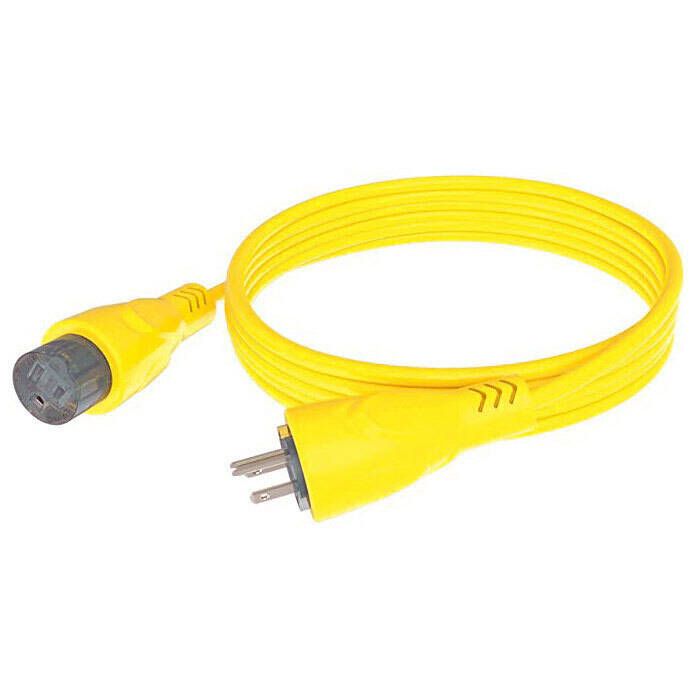
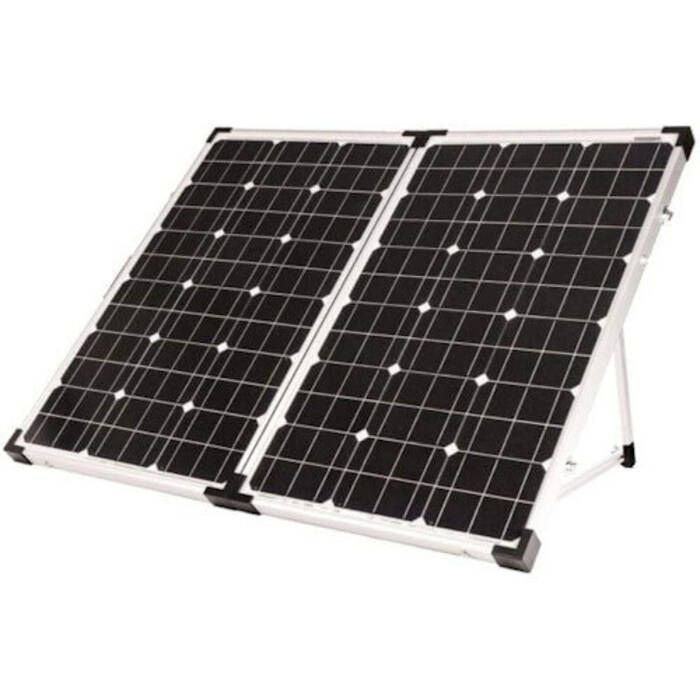
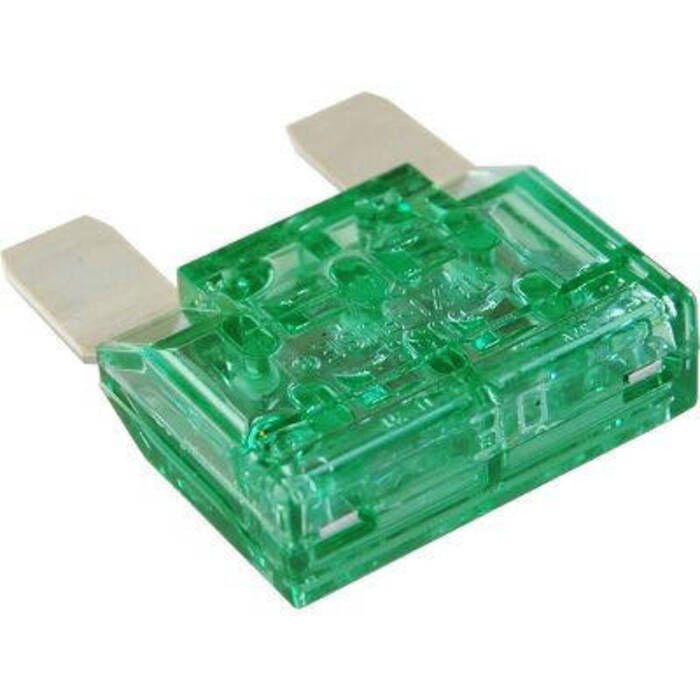
-
Électronique
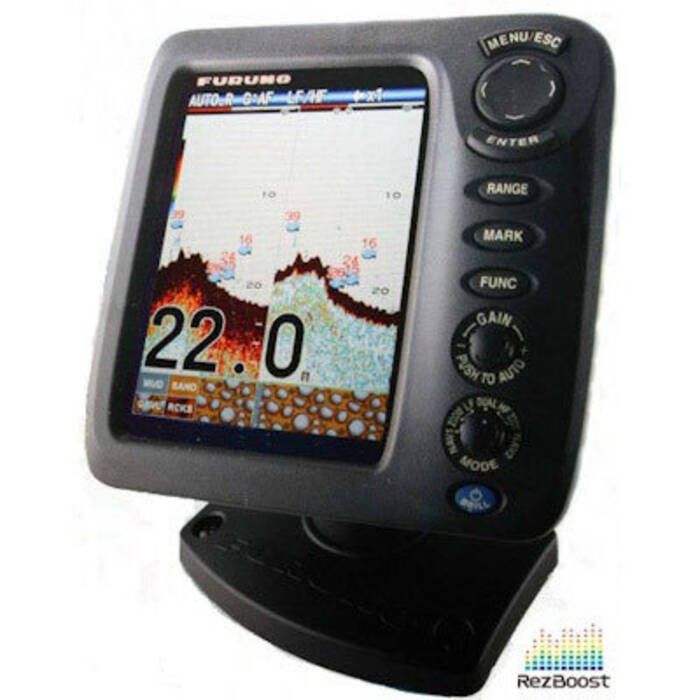
- Affichages multifonctions
- Transducteurs de sondeur
- Combos sondeur
- Cartes électroniques
- Plus d'affichages sondeurs et traceurs...

- Systèmes de pilote automatique
- Entraînements et pompes de pilote automatique
- Kits de base de pilote automatique
- Contrôleurs de pilote automatique
- Accessoires de pilote automatique
- Plus de pilotes automatiques...
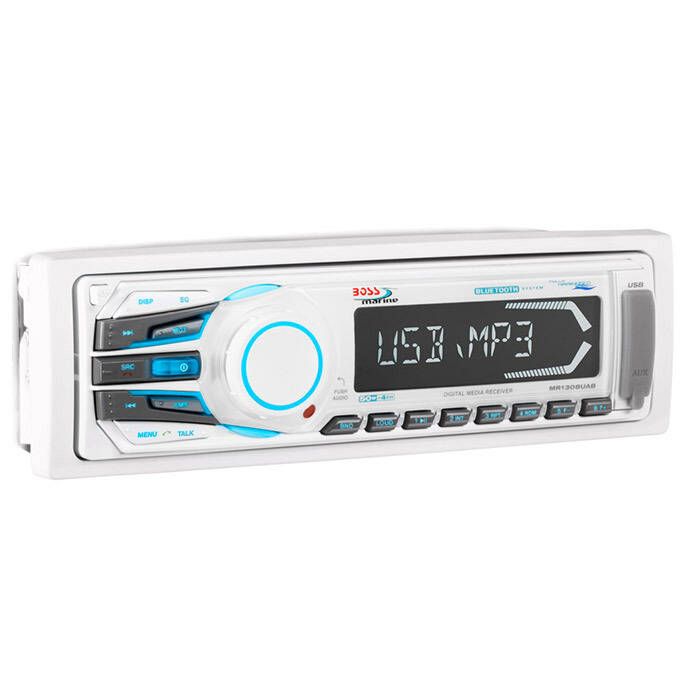
-
Entretien
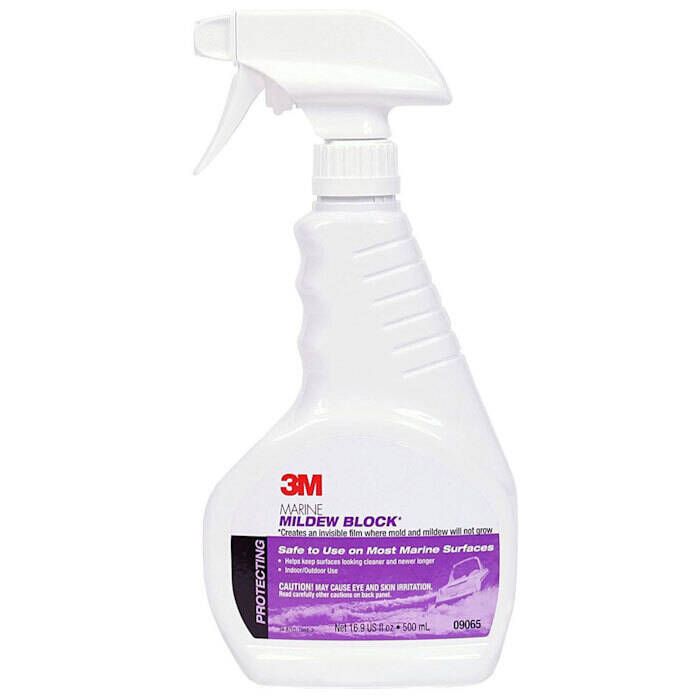
- Nettoyants cale
- Savons bateau
- Nettoyants pont
- Nettoyants coque
- Nettoyants pour bateaux gonflables
- Nettoyants multi-usage
- Cires, scellants et vernis
- Plus de produits nettoyage bateau...
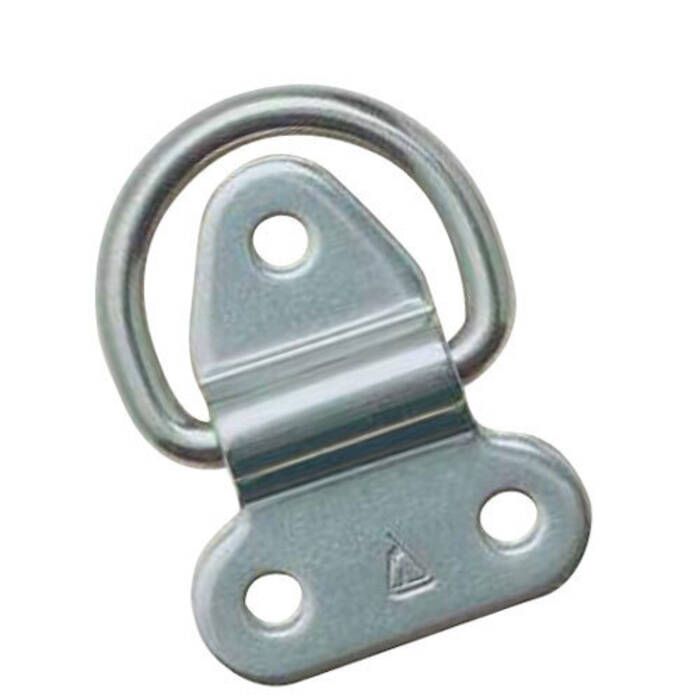
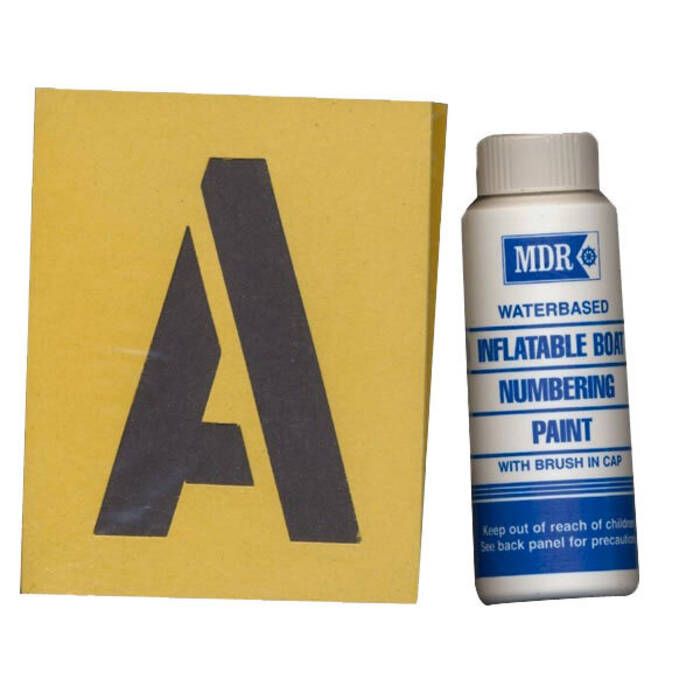
Change Locale



Informations
Contactez-nous
Ressources
2025 © Defender Canada. All Rights Reserved.
